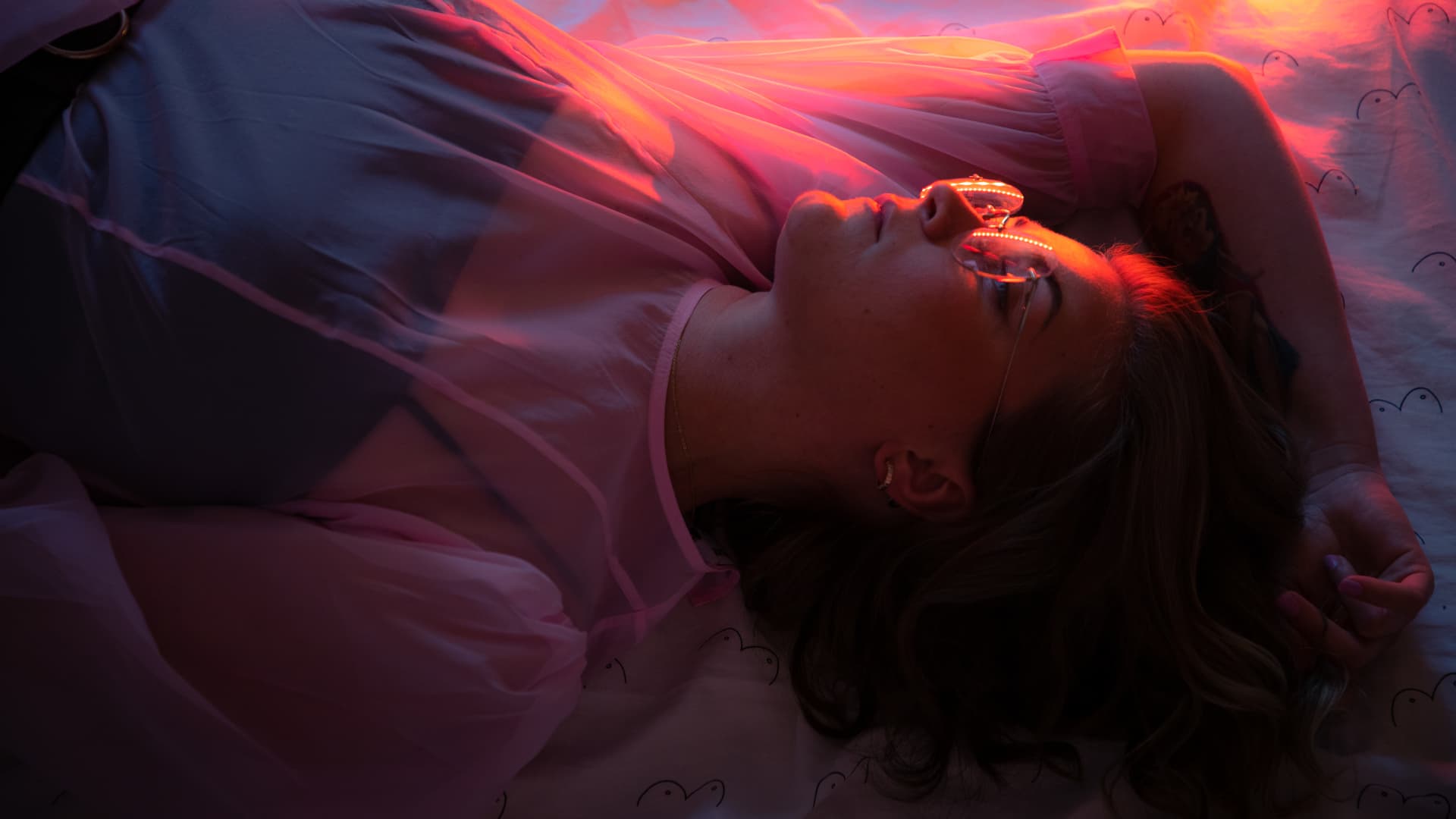A new startup claims they are trying. https://www.cnbc.com/2023/10/04/ai-startup-prophetic-aims-to-build-headset-that-lets-you-control-dreams.html.
They claim their prototype will be ready in a year or so.
This resolves to YES if by January 1, 2027 there is a publically available technological device, or publically available access to such a device, that allows 25% or more of those who use it to experience substantial amounts of lucid dreaming they would not otherwise experience. This need not be from any entity related to Prophetic.
If that does not happen, this resolves NO.
(If this market draws a lot of interest, I will take suggestions on how to make the resolution criteria more precise, but I expect the answer to almost always be obvious at resolution time. Intent should be clear. I will not trade on this market until I am ready to resolve it.)
Standard 'it's over early' cluase that I use - if this consistenly stays at <5% or >95% for at least two weeks straight in a way that clearly indicates the answer is known, I will resolve the market early to YES or NO.
People are also trading
I think it would be very helpful to further clarify the resolution criteria:
> This resolves to YES if by January 1, 2027 there is a publically available technological device, or publically available access to such a device, that allows 25% or more of those who use it to experience substantial amounts of lucid dreaming they would not otherwise experience. This need not be from any entity related to Prophetic.
How will you determine what percentage of people meet the criteria? It's very possible that there may be devices on the market now (eyemasks designed to emit pulses of light during REM sleep) which meet the criteria, but it depends on what "substantial" means.
@NBAP Ah yes that needs to be nailed down a bit better. I hadn't heard that we had existing tech that worked at all. I'm open to suggestions while I think about the right definition of 'substantial' but I was thinking, roughly, enough that a typical person would think that they were now a lucid dreamer, and could expect to have them on the regular when they wanted to.
@ZviMowshowitz I think it might be helpful to lean on the classification of lucid dreams as "regular", which seems to be defined as "at least once a month" in the literature (Stumbrys et al., 2012). For example, the criterion could be "At least 25% of users reported lucid dreams at a frequency of at least once a month."
Important to keep in mind when choosing the exact percentage in the criterion, though, is that about 20% of the population are regular lucid dreamers naturally.
An alternative suggestion: perhaps instead require some published research which purports to have established a significant association between the use of some device and the frequency of lucid dreams. In that case, you would need only to determine how much of a relative increase you would need to see.
The main risk of these kinds of criteria, however, is that the data simply may not exist or come to exist, even if it seems obvious from available testimony that the device is effective.
Perhaps a disjunction would be most appropriate. Something along the lines of:
"Resolves as YES if either or both of the following are true: 1) a piece of research is published in a peer-reviewed publication which purports to have found a statistically significant association between any device and the frequency of lucid dreams, with an average increase of at least 50% in the frequency, or 2) according to my best interpretation of publicly available testimonials, at least 25% of users of the device would assent to the claim that the device allowed them to regularly (at least once per month) lucid dream when they could not regularly lucid dream without the device."
@NBAP Tentatively I like this and am inclined to adapt it, but leaving some time for others to comment.
Physical devices for lucid dreaming have I think been known since the 80s, I don't know what the success rate is but after I read LaBerge's book from the school library, I made one as a kid using basic stuff I had lying around and I think it might well have passed these standards? That said, it looks like LaBerge's group no longer sells their professional version... but there are sites like https://luciditydreammask.com/ (disclaimer: I've never used and don't endorse this product) that conceivably might already hit the standard in question?
